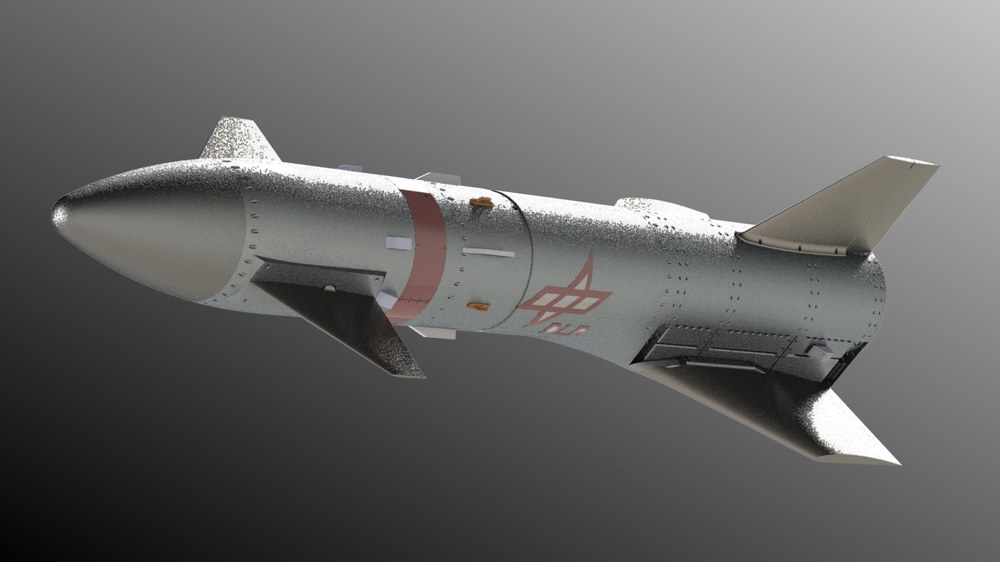ReFEx



The Reusability Flight Experiment (ReFEx) is being developed by DLR to provide flight and design data from, and operational experience with, winged first-stage reusable launch vehicles. As such, the ReFEx will act as a small technology demonstrator and is scheduled for launch in 2026.
The experiment will be launched on a VSB-30 sounding rocket, reaching altitudes and velocities similar to a first stage separation. A return flight will then be attempted on a trajectory comparable to a returning winged first stage of reusable space transport systems, with a transition from hypersonic to subsonic flight.
ReFEx has a length of 2.7 metres, a wingspan of approximately 1.1 metres and a mass of approximately 450 kilograms. Outside the atmosphere, it is controlled by a cold gas reaction system and switches to aerodynamic control (canard and rudder) when atmospheric effects come into play. The highest Mach number reached during the re-entry manoeuvre is approximately Mach 5. Apart from the ability to fly on an optimised trajectory (autonomously controlled) to reduce thermal and mechanical stress, ReFEx will demonstrate its steering capability by flying a turn of at least 30°.

Your consent to the storage of data ('cookies') is required for the playback of this video on Youtube.com. You can view and change your current data storage settings at any time under privacy.
Key technologies demonstrated in this carrier include: aerodynamic design capable of stable flight through various speed regimes; guidance, navigation and control (GNC) capable of generating an optimised trajectory on board; seamless transition between extra- and intra-atmospheric flight controls; and in-flight monitoring of carrier status using advanced sensors such as fibre optic sensors (FOS) and flush air data system.
Other DLR institutes involved:
Referenzen:
References:
- DLR Reusability Flight Experiment ReFEx - 2019
- Flight Control Challenges of the Winged Reusable Launch Vehicle ReFEx - 2019
- Numerical Crash Simulation of the Reusability Flight Experiment ReFEx - 2019
- ReFEx: Reusability Flight Experiment A Flight Experiment to Demonstrate Controlled Aerodynamic Flight from Hypersonic to Subsonic Velocities with a Winged RLV - 2017
- Upcoming DLR Reusability Flight Experiment - 2017
- An Update of the Upcoming DLR Reusability Flight Experiment - ReFEx - 2018
- Preliminary Guidance and Navigation Design for the Upcoming DLR Reusability Flight Experiment (ReFEx) - 2018
- Current status of the DLR Reusability Flight Experiment - ReFEx - 2018
- Preliminary Aerodynamic Design of a Reusable Booster Flight Experiment - 2018
- The DLR Reusability Flight Experiment (ReFEX) - Challenges of Flying an Aerodynamically Guided Experiment on an Unguided Sounding Rocket - 2019
- ReFEx: Reusability Flight Experiment – A Project Overview - 2019
- ReFEx launch with a sounding rocket - a challenging mission on a reliable carrier - 2019
- Mission Analysis and Preliminary Re-entry Trajectory Design of the DLR Reusability Flight Experiment ReFEx - 2019
- Overview of Flight Guidance, Navigation, and Control for the DLR Reusability Flight Experiment (ReFEx) - 2019
- Planned Wind Tunnel Experiments at DLR Köln for the Reusability Flight Experiment (ReFEx) - 2019
